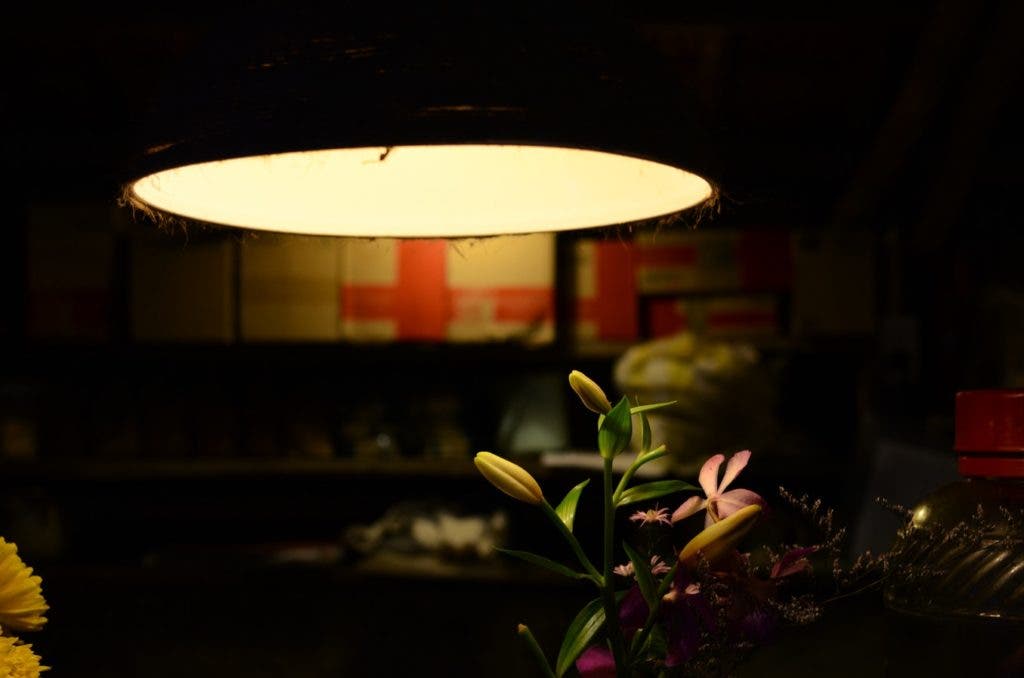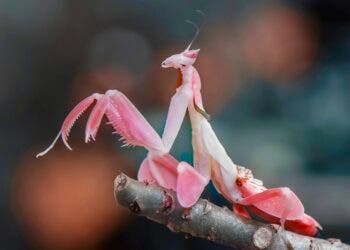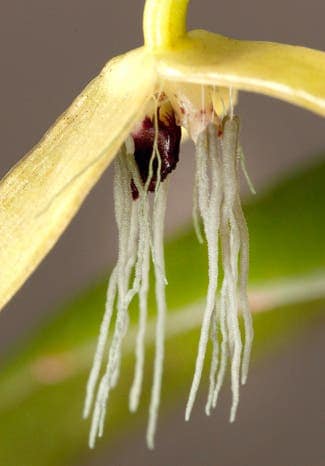While most of the orchids sold worldwide come from legal sources, thousands of species are also sold on the black market — which may severely impact conservation

Orchids are one of the largest plant families, featuring 28,000 currently accepted species. They’re also traded for a variety of purposes, being sold as ornamental plants, medicinal products and even food. Thankfully, most of them come from greenhouse-grown flowers and plants. However, it is believed that more and more orchids are harvested and sold illegally and unsustainably in more and more parts of the world. Families which have been picking orchids for generation are not the problem, but companies harvesting large swaths of flowers from the wild for local, regional and international trade can do dramatic damage.
Now, for the first time, researchers have carried out an international assessment of orchid traffic.
“In this review, we provide the first overview of commercial orchid trade globally and highlight the main types that involve wild-collected plants. Much of this trade is the result of illegal harvest meaning that it is little documented and is absent from official statistics, at the same time as being of growing conservation concern,” the study reads.
Plant blindness
Not all species are equal, the scientists write. The team reports that although on paper orchids seem protected many orchid species around the world are under threat from illegal and unsustainable trade. Dr Jacob Phelps of Lancaster University said:
“Orchids have been harvested from the wild for generations, but commercial trade in orchids is often being unreported, and so has garnered little attention. While many people think of orchids as only ornamental plants, orchids are also harvested, grown, and traded globally for use in a range of food products, as constituents within cosmetics, and traditional medicines.”
For starters, we need to better understand the situation and the impact that trade (both legal and illegal) is carrying out more detailed assessments of the conservation status of some species. Then, it’s not only about the science: we need to start a conversation between traders, growers and, policymakers. The dialogue between these groups is a priority if we want to strengthen legal trade, dissuade its illegal version, and ensure a sustainable future for orchids.
Lastly, we should also address a phenomenon called “plant blindness.” Because plants are not as relatable as animals, they are often ignored in conservation projects and their role in biodiversity is often overlooked or underestimated. We need a cure for plant blindness, or the consequences might be far-reaching and unexpected.
Journal Reference: Amy Hinsley et al. A review of the trade in orchids and its implications for conservation. https://doi.org/10.1093/botlinnean/box083






